Joining the dots
This page lists what companies are doing for different lenses of diversity and inclusion work. It also shares which third-parties they are working with on D&I.
Gender
Here's what companies reported doing to improve gender diversity at their organisation:
- Provide free sanitary products for employees.
- Support for employees going through fertility treatment.
- Offer infertility diseases support and benefits.
- Develop an early pregnancy loss leave policy.
- Mark Baby Loss Awareness Day and World Menopause Awareness Day and raise awareness of reproductive health issues.
- Educate people managers on a variety of birth journeys, and the different support needs they require.
- Parental workshops for professionals who are transitioning to parenthood.
- Share progression opportunities with those on extended parental leave.
- Give structured support before, during and after an extended parental leave break, including phased return to work.
- Enact Menopause policies and benefits.
- Take the Menopause Pledge.
- Get a menopause-friendly accreditation.
- Offer support for employees with gender dysphoria.
- Provide support for health issues that disproportionately affect men.
Inspired? Here are Tech Talent Charter's top resources on improving gender inclusion
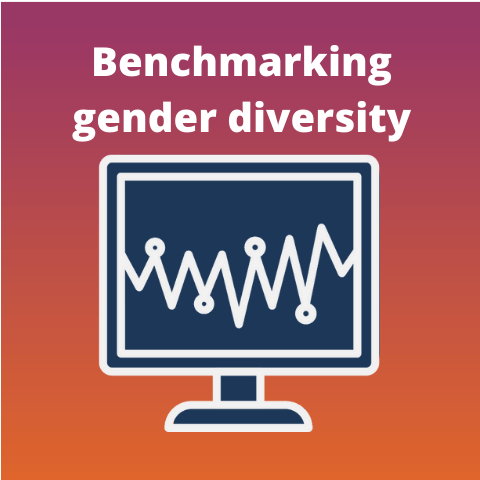
Tech Talent Charter diversity benchmarking calculator
Use our diversity benchmarking calculator to see how your organisation compares to others on gender diversity. You can download your results for free.
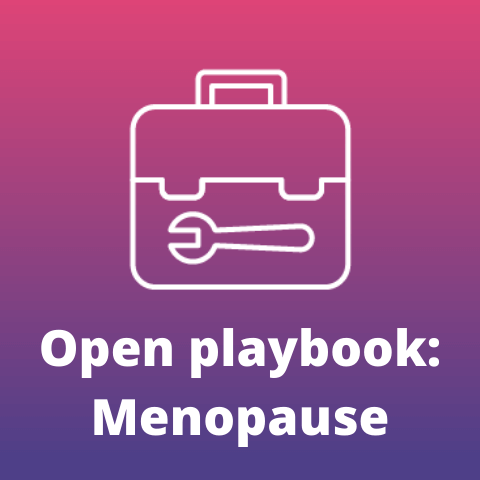
Menopause chapter in the Open Playbook
Read our D&I Open Playbook chapter on Menopause including a case study on how Lloyds Banking Group brought in their Menopause Promise.
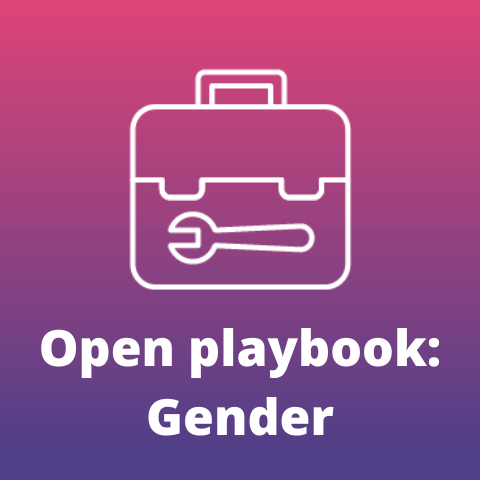
Gender D&I practice in the Open Playbook
We've got a whole section of our D&I Open Playbook dedicated to all angles of gender diversity, including recruitment, culture, progression and retention.
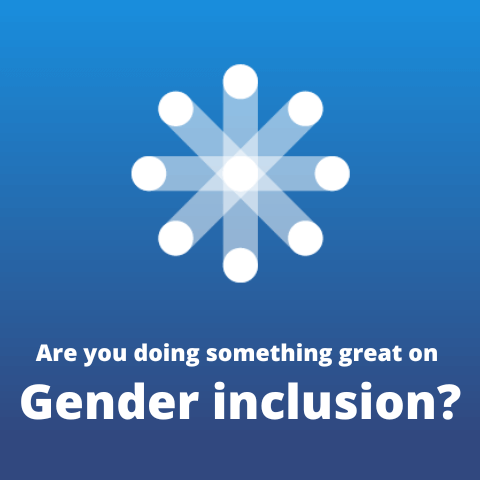
Let us feature your work on gender diversity!
If you're doing great work on gender inclusion, tell us about it and we will do a spotlight feature on your work. Tell us more using the form below.
Ethnicity
Here's what organisations reported doing to improve ethnic diversity and inclusion:
- Measuring ethnic diversity and setting goals and targets around ethnic diversity in their teams, including leadership level targets and targets by ethnic group. Many organisations in particular had a goal for Black representation in their teams.
- Creating employee resource groups and safe spaces for different ethnocultural identities.
- Reviewing policies to ensure that they are inclusive of different ethnocultural identities, for example dress code policies that are inclusive of non-Western hair styles.
- Making public commitments to collaborate on race and ethnicity inclusion through charters like the Race at Work Charter and Tech Talent Charter.
- Working with targeted talent providers, like 10,000 Black Interns.
- Developing progression programmes and leadership programmes specifically aimed at addressing barriers faced by high potential ethnic minority employees.
- Emotional wellbeing support for colleagues affected by race-related events such as Covid-related racism, violence in the Middle East and the Ukraine war.
- Collaborations between different diversity networks to focus on intersectional lenses, for example partnerships between ethnicity-focussed networks and LGBTQ+ or Disability/Health networks.
- Education on how to speak about ethnicity and race at work, to help employees develop greater confidence and capability to engage in discussions on these topics.
- Targets for junior level hires from diverse ethnic backgrounds, and for promotions of ethnic minority employees to senior positions.
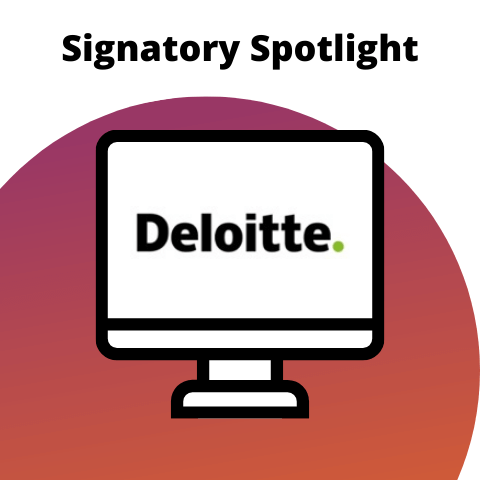
How Deloitte is improving ethnic diversity in their organisation
Read this Signatory Spotlight from Deloitte on what they are doing to improve ethnic diversity.
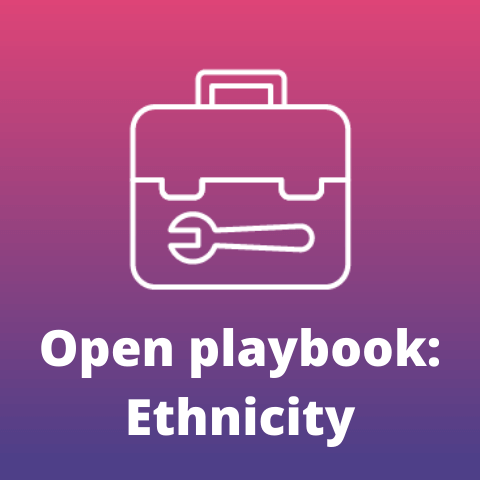
Ethnicity D&I practice in the Open Playbook
Our D&I Open Playbook has a section dedicated to race and ethnicity, including topics like ethnicity data, allyship and Black inclusion.
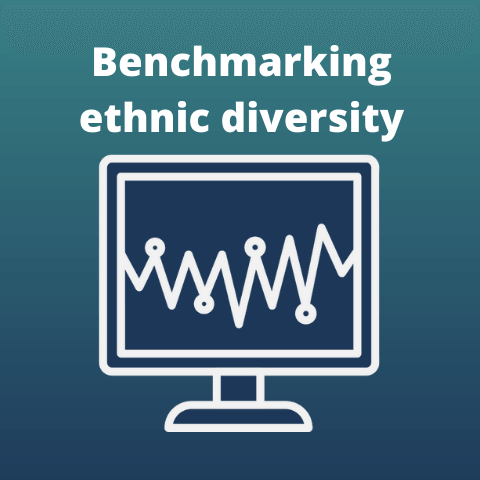
Tech Talent Charter diversity benchmarking calculator
Use our diversity benchmarking calculator to see how your organisation compares to others on ethnic diversity. You can download your results for free.
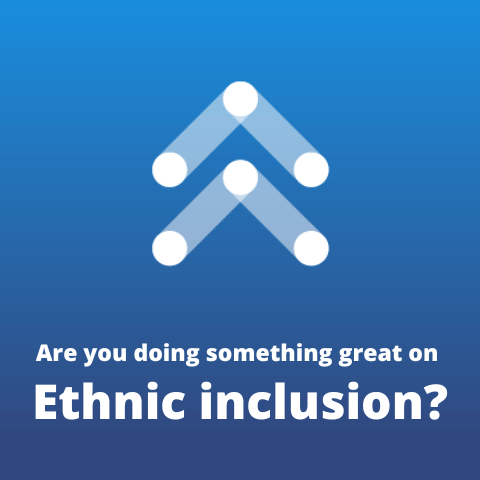
Let us feature your work on ethnic diversity!
If you're doing great work on ethnic diversity, tell us about it and we will do a spotlight feature on your work. Tell us more using the form below.
Joining the dots: flexible working
Want to learn more about robust flexible working policies? View our helpful resources below.

Flexible Working practice in the Open Playbook
Visit our Open Playbook chapter on Flexible Working.

Video recording: Beyond the Hype - Hybrid Working
Watch our Share & Learn session: Beyond the Hype - Hybrid Working from experts at PwC and Timewise.

Are you doing something great on flexible working that we should know about and could share with others?
Submit a Signatory Spotlight here.
Social mobility
Here's what you can do to improve social mobility in tech:
- Provide inspiring interactions between tech workers and young people in education. Reach out to future talent in social mobility cold spots to increase 'technology capital'.
- Knowledge-share across the business what the criteria of socio-economic status are and why each measure is relevant.
- Invite employees to participate in anonymous disclosure of socio-economic background and explain why you’re asking for it, and how it fits into the organisation’s wider D&I strategy.
- Demystify tacit work assumptions: for example, if you’re taking a new colleague out for a coffee, make it clear whether or not the business is paying for the drink.
- Track socio-economic diversity at all levels of seniority.
- Nurture a culture of “no question too small”.
- Make sure internships are paid.
- Use contextualised recruitment platforms like Rare recruitment.
- Invest in non-traditional routes to tech, such as apprenticeships and tech bootcamps. Look for tech skills provisions with inclusive economic models for those who can’t afford to self-fund or lose earnings whilst training.
- Measure the socio-economic backgrounds of your team and senior employees to build a stronger evidence base. The Social Mobility Commission provides a fantastic Toolkit on what socio-economic background markers to ask about and how to interpret the data.
- Take ownership of offering up social mobility support policies: for example if your organisation pays transport costs for attending interviews, ask candidates directly whether they would like you to pay for travel, rather than putting the onus on the candidate to make the request.
- Remove recruitment requirements and information that disadvantage candidates from poorer socio-economic backgrounds. For example, remove requirements for elite university credentials; when using a blind hiring process, redact hobbies from CVs; use competency-based interview techniques to focus on skills over polish.
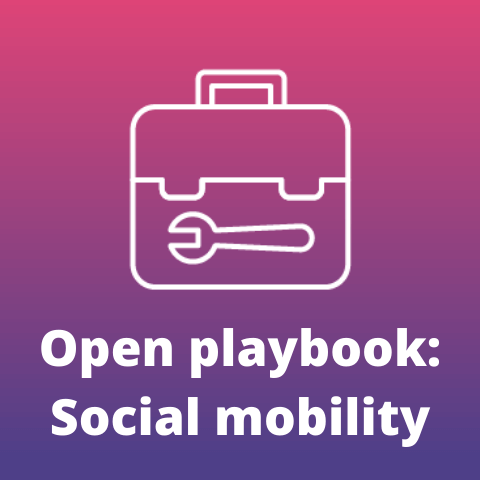
Social mobility practice in the D&I Open Playbook
Our D&I Open Playbook has a section dedicated to social mobility. It covers key topics like how to measure social mobility and what to do to
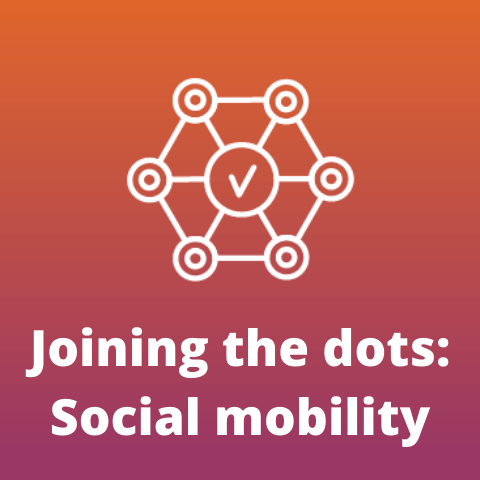
Here's who companies are working with on social mobility
We've collated a list of the organisations employers say they are working with on social mobility. Find out who's helping who below.
- https://thrivemap.io/
- Kickstart
- Tech She Can
- https://www.futurefrontiers.org.uk/
- https://www.rarerecruitment.co.uk/
- https://www.suttontrust.com/
- https://www.socialmobility.org.uk/
- https://www.socialmobility.org.uk/index/
- https://www.socialmobilitypledge.org/
- https://codeyourfuture.io/
- https://www.thebridgegroup.org.uk/
- https://departmentforopportunities.org/
- https://www.progresstogether.co.uk/

The Sutton Trust are launching a new tech programme
Modelled on their highly successful programmes in finance and law, they are now looking for tech industry leaders to pilot their tech programme. Could you be one of them?
Neurodiversity
Consider if any of these neuroinclusive practices our Signatories reported are things you can implement:
- Take a neuroinclusive approach to career development initiatives and training. For example, don't centre all performance measures on in-person interaction scenarios; don't have all training opportunities in group settings.
- Provide sensory relaxation spaces for people who may need to regulate their sensory load.
- Design physical spaces inclusively: calm rooms, colour schemes designed to be comfortable for those with sensory overload, and high activity function areas - such as lunch spaces - all on one floor. Provide office maps to help folks prepare for environments they may find challenging.
- Work with occupational psychologists to increase organisational confidence and understanding when supporting neurodiverse colleagues at work.
- Expand healthcare benefits to include private diagnosis and support for neurodivergent conditions, such as occupational therapy and physiotherapy.
- Provide occupational health referrals to neurodiversity specialists.
- Raise awareness and understanding of neurodiversity internally.
- Offer adaptations to recruitment processes specific to neurodivergence, such as providing interview questions in advance. You can offer this to all candidates to support folks who may not wish to disclose neurodivergence or those who are undiagnosed.
- Provide support to parents/carers of neurodivergent children. This could start with an employee resource group. It's important to remember that employers' understanding of neurodivergence is typically centred on neurodivergent folks with lower support needs because they are better able to mask, join and operate in the workplace. However, carers of those with high support needs may experience much greater challenges than businesses may be aware of, the effects of which employers should seek to understand and support.
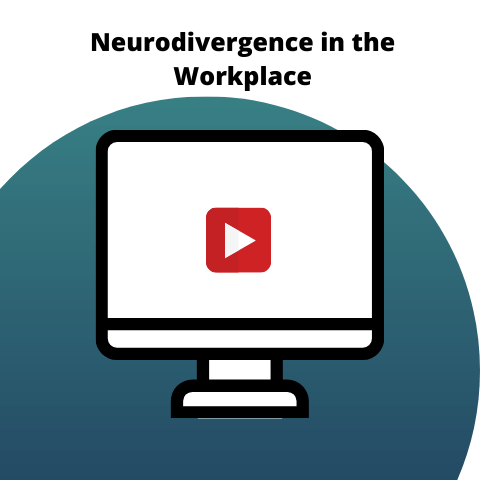
Video recording: Neurodivergence in the Workplace
Watch this Share & Learn session: Neurodivergence in the Workplace from experts at PwC and Auticon.
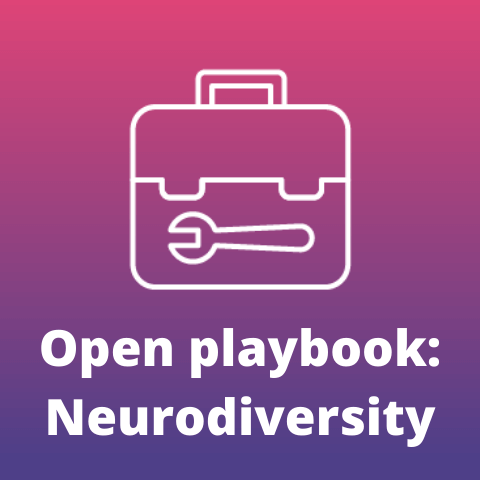
Neurodiversity practice in the Open Playbook
Explore a wealth of resources on neurodiversity practice in the TTC Open Playbook.
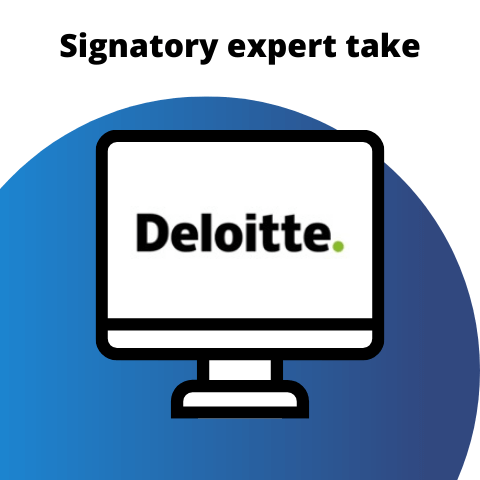
Expert take by Deloitte on neurodivergence at the workplace
Discover how Deloitte is working towards becoming the employer of choice for neurodivergent individuals.
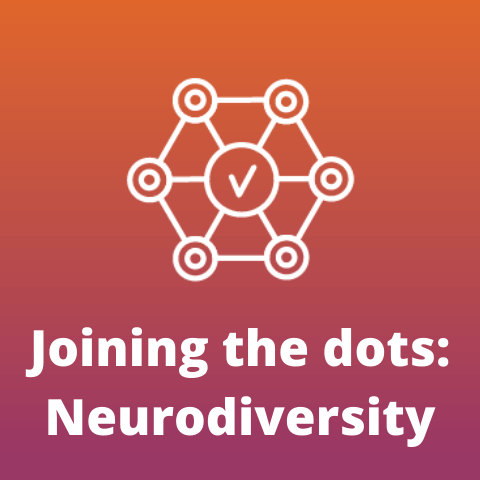
Looking for more help with neurodiversity?
Below is the list of organisations and resources our Signatories said they worked with on neurodiversity.
- https://neurodiversityinbusiness.org/
- https://geniuswithin.org/
- https://auticon.co.uk/
- https://www.creasedpuddle.co.uk/
- https://www.posturite.co.uk/
- Hidden disabilities sunflower
- https://www.helperbird.com/
- https://www.ambitiousaboutautism.org.uk/
- https://uptimize.com/
- https://www.lexxic.com
- https://www.womenbeyondthebox.com/
- https://www.autistica.org.uk/
- https://diversityandability.com/
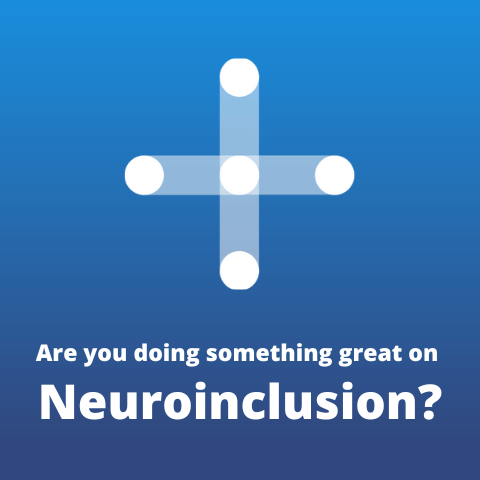
Are you doing great work on neuroinclusion that we should know about and could share with others?
Submit a Signatory Spotlight here.
Disability, health, and wellbeing
Here's what Signatories are doing to promote disability, health, and wellbeing:
- Mental health/wellbeing champions or allies who are trained in mental health first aid.
- Mental health training for line managers, that includes recognising when to escalate to health professionals.
- Employee Assistance programmes.
- Recharge days where the organisations closes down entire regions for the day to give all colleagues a protected break from work to recharge and refresh.
- Providing access to tools and services that support mental wellbeing, such as mindfulness meditation apps and wellbeing platforms like the wellbeing platform, Frog and Headspace.
- Marking and raising awareness of initiatives such as Movember, Anti-bullying week, Time to Talk Day, Mental Health Awareness Week, Stress Awareness Month.
- Discretionary days off to support mental health and wellbeing without needing to disclose the reason.
- More nuanced and flexible bereavement policies to support wider types of emotional loss, beyond a parent, child or spouse, such as the loss of a pet.
- A well-being passport that documents and agrees the needs, adjustments and preferences for individual employees. The passport travels with the employee through their time at a company, facilitating transitions of line management.
- Progression and leadership programmes that are targeted specifically for high potential or performing disabled colleagues, to alleviate barriers they may face to their career progression.
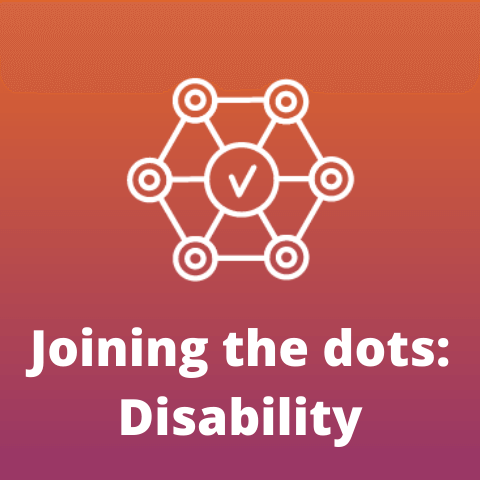
Looking for more help with disability, health, and wellbeing?
Below is the list of organisations and resources our Signatories said they worked with on disability, health, and wellbeing.
- https://www.thisability.co/
- https://www.wearenym.com/
- https://businessdisabilityforum.org.uk/
- https://www.fearlessfutures.org/
- https://disabilityconfident.campaign.gov.uk/
- https://www.scope.org.uk/
- https://www.evenbreak.co.uk/en
- https://www.remploy.co.uk/
- https://www.leonardcheshire.org/
- https://www.thevaluable500.com/
- https://www.purplespace.org/
- https://www.50millionvoices.org/
- Headspace
- https://unmind.com/
- https://www.mind.org.uk/workplace/workplace-wellbeing-index/
- https://www.betterspace.uk/
- https://www.mindfulbusinesscharter.com/
- https://myplusstudentsclub.com/
- https://www.seemescotland.org/
- AbilityNet
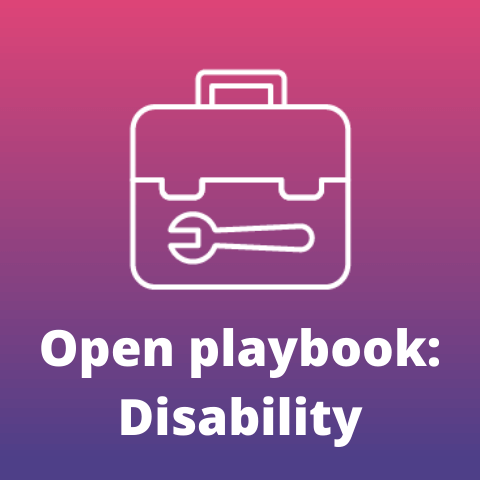
Disability practice in the Open Playbook
Explore the ideas mentioned in this section with a wealth of resources on disability practice in the TTC Open Playbook.
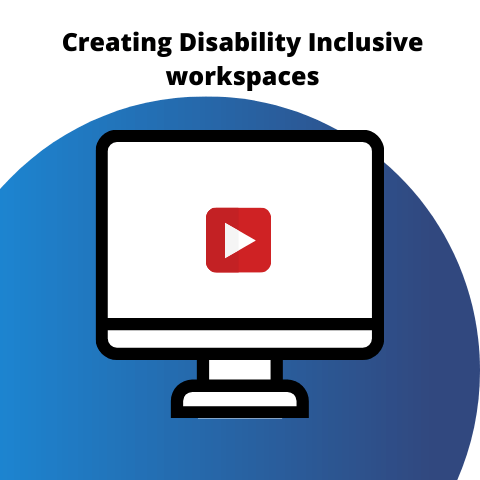
Video recording: Creating Disability Inclusive workspaces
Watch this Share & Learn session: Disability Inclusive workspaces.
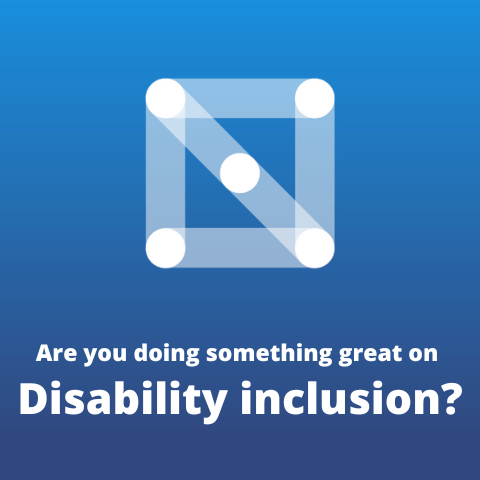
Are you doing something great on Disability inclusion that we should know about and could share with others?
Submit a Signatory Spotlight here.
Joining the dots: LGBTQ+ inclusion
Ways in which you can promote LGBTQ+ inclusion in your organisation:
- Measuring transgender and non-binary gender diversity, not just men/women.
- Options to use the gender-neutral title “Mx” in business systems.
-
Healthcare benefits to support employees who are transitioning.
-
Investing in “Pride allies”, who are trained, informed and have responsibility for being visible and vocal advocates for LGBTQ+ inclusion within the business.
-
Marking other moments of awareness such as International Day Against Homophobia, Transphobia and Biphobia.
-
Adapting the language and content of family policies to be inclusive of same-sex couples.
-
Having a gender expression and transition policy.
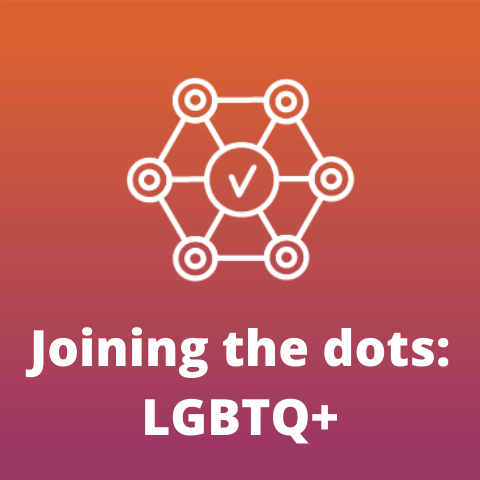
Looking for more help with LGBTQ+ inclusion?
Below is the list of organisations and resources our Signatories said they worked with on LGBTQ+ inclusion.
- https://www.justlikeus.org/
- https://www.stonewall.org.uk/
- https://lgbt.foundation/
- Advocacy, Embassy and When in Rome
- https://www.rainbownoirmcr.com/
- https://www.akt.org.uk/
- https://www.rainbowmigration.org.uk/
- https://www.mygwork.com/en/
- https://www.tht.org.uk/
- https://open-for-business.org/
- https://www.transinthecity.co.uk/
- https://www.tonichousing.org.uk/
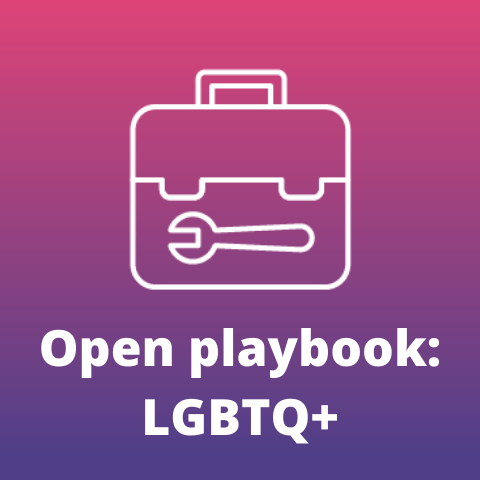
LGBTQ+ inclusion in the Open Playbook
Explore the ideas mentioned in this section with a wealth of resources on LGBTQ+ inclusion in the TTC Open Playbook.
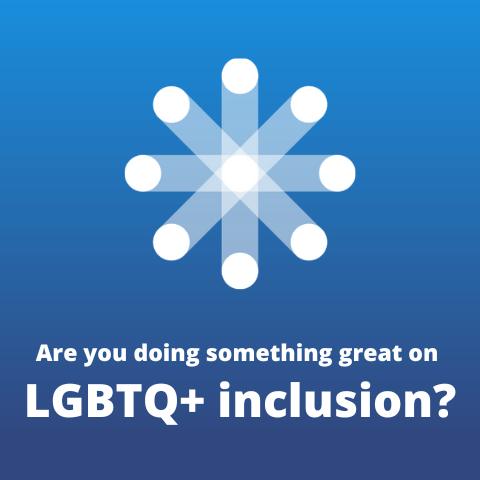
Are you doing something great on LGBTQ+ inclusion that we should know about and could share with others?
Submit a Signatory Spotlight here.
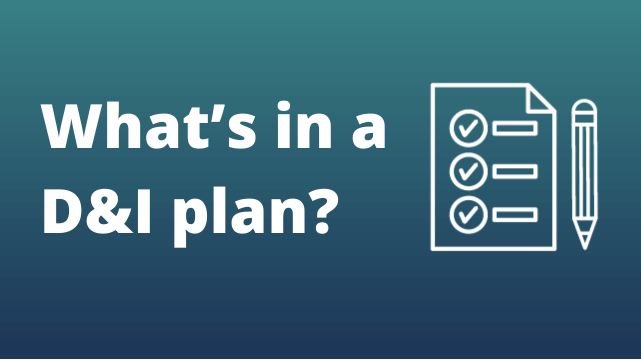
What's in a D&I plan?
A core feature of D&I practice is that organisations must have a plan to effect change.
Through our annual Signatory surveys, we identified a set of foundational inclusive practices emerging across the board, that support inclusion across many diversity lenses and could be enacted irrespective of team size or budget. We have also collated practices that feature in organisations that are leading the field with their D&I practice.